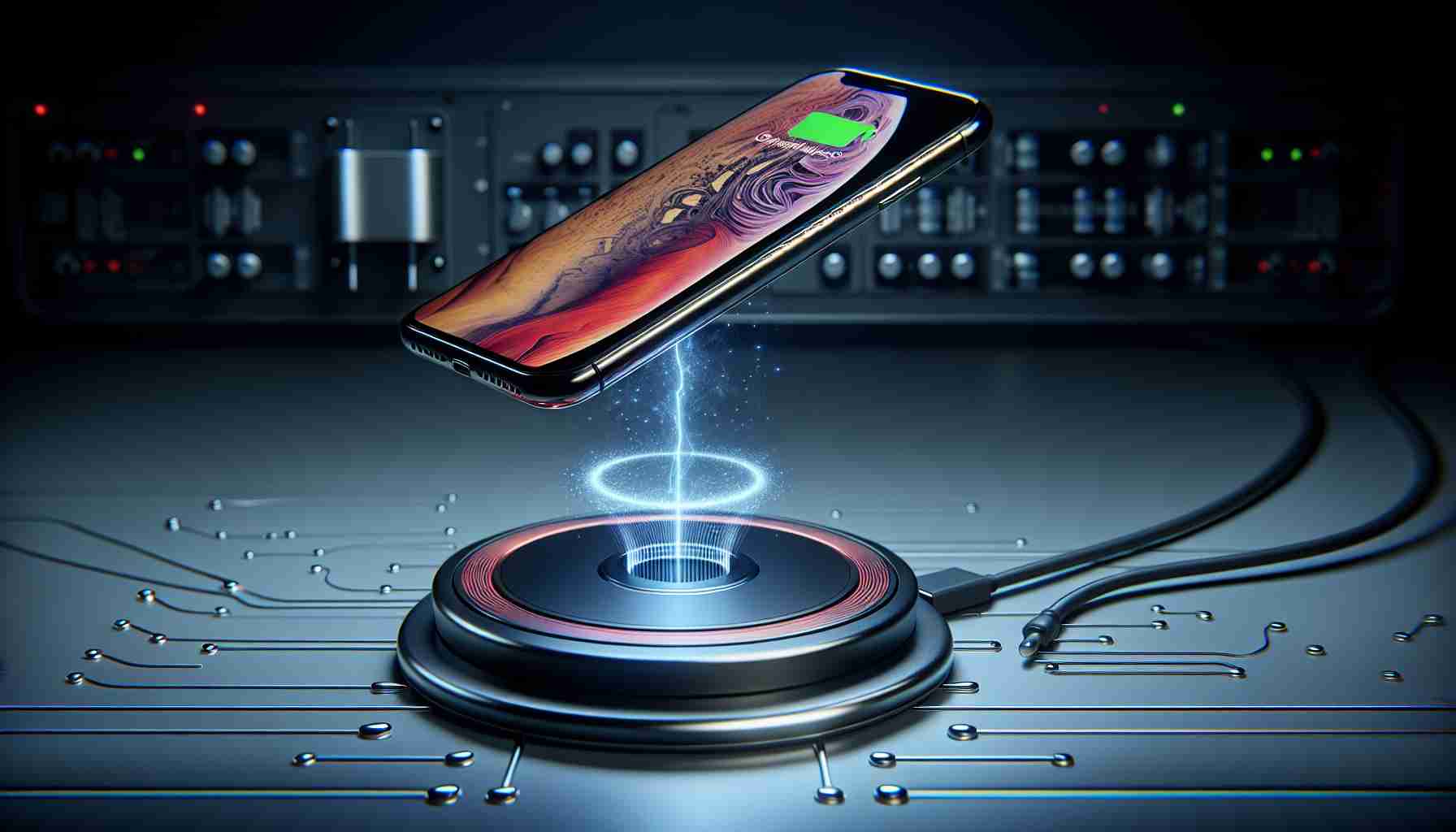The Qi2 standard breathes new life into wireless charging technology, with a unique twist—magnets. This innovative approach ensures devices and chargers align seamlessly, and Apple’s contribution to this technology has been critical. The standard now supports rapid 15W charging, eliminating the need for iPhone users to splurge on MagSafe accessories.
The iPhone 15 proudly debuted as the first device featuring Qi2, and Apple graciously rolled out updates for models as far back as the iPhone 12. Such inclusion fosters a universal charging ecosystem, extending beyond the Apple brand to potentially embrace Android devices—although Samsung’s latest S24 series is not on board yet.
Industry giants like Anker and Nomad have already dispatched Qi2 wireless chargers to the market, with a surge in compatibility expected from various other manufacturers.
Interestingly, the iPhone 12 recently joined the Qi2-compatible family after a software update. This enables it to pair with the new market of chargers carrying Apple’s magnetic technology for an improved 15 watts of charging power.
Anker’s latest Qi2 chargers serve dual purposes, doubling as charging stands. Specific discounts are making rounds, with notable price reductions on some of Anker’s latest models that foster faster charging rates, especially for the iPhone 15 Pro, which can reach half battery capacity in just 45 minutes.
Additionally, these chargers are not only for the latest iPhone models. They have also been tested and confirmed to boost the charging speed of smaller iPhones like the 12 Mini and 13 Mini, despite their 12W limit.
For car enthusiasts, ESR brings forth a magnetic wireless car charger that caters to the Qi2 standard. This tech not only paces up the performance but also slashes the cost, expanding its reach to soon-to-be-updated Android devices as well.
Nomad, too, enters the fray with its Stand that furthers the Qi2 charging landscape, offering the same powerful magnetic attachment and efficiency as MagSafe, all the while trimming down the expense.
Understanding Qi2 Standard with Magnetic Alignment
The introduction of the Qi2 standard represents a significant advancement in the field of wireless charging technology. The integration of magnetic alignment, inspired by Apple’s MagSafe technology, facilitates better contact and alignment between the charging pad and the device. What emerges is a more efficient and consistent charging experience, as the magnets help to ensure the device is positioned optimally for the transfer of energy.
Most Important Questions and Answers
How does Qi2 differ from the previous Qi standard?
– Qi2 incorporates magnetic alignment into the wireless charging process, which the previous Qi standard did not have. This improves alignment, stability, and charging efficiency, and Qi2 also supports faster charging speeds up to 15W for compatible devices.
Are Qi2 wireless chargers compatible with all smartphones?
– Not all smartphones will be compatible with Qi2 chargers, as some may not have the necessary magnetic hardware. However, the technology aims to create a more universal charging ecosystem, and future devices from various brands may adopt the Qi2 standard.
What challenges does Qi2 face in the marketplace?
– One key challenge is ensuring widespread adoption by manufacturers other than Apple. The Android ecosystem is diverse, and getting OEMs to implement the magnetic feature uniformly can be difficult. There’s also the existing base of wireless chargers that do not support magnetic alignment, which could slow down the transition.
Is there any controversy associated with Qi2?
– While not necessarily controversial, there may be concerns about the need to purchase new charging accessories to fully benefit from Qi2, which could add to electronic waste. Additionally, some users and manufacturers may resist the change if they are content with the current charging methods available.
Advantages and Disadvantages of Qi2
Advantages:
– Improved alignment and stable connection between the device and the charger.
– Faster charging speeds compared with the original Qi standard.
– Potentially more universal charging solution across different brands and devices.
– Reduces the likelihood of a device being placed incorrectly on the charging pad, which can slow down the charging process or fail to charge altogether.
Disadvantages:
– Requires new hardware, which could lead to additional electronic waste.
– Not all current devices will be compatible; consumers may have to upgrade.
– Users may need to invest in new chargers, creating an added expense.
Related to this topic, you can find more information from the Wireless Power Consortium, which is responsible for developing the Qi standard.
Please note that these facts, challenges, and controversies are general considerations as of my knowledge cutoff date in 2023 and do not represent any changes or developments that may have occurred since then.
The source of the article is from the blog guambia.com.uy
